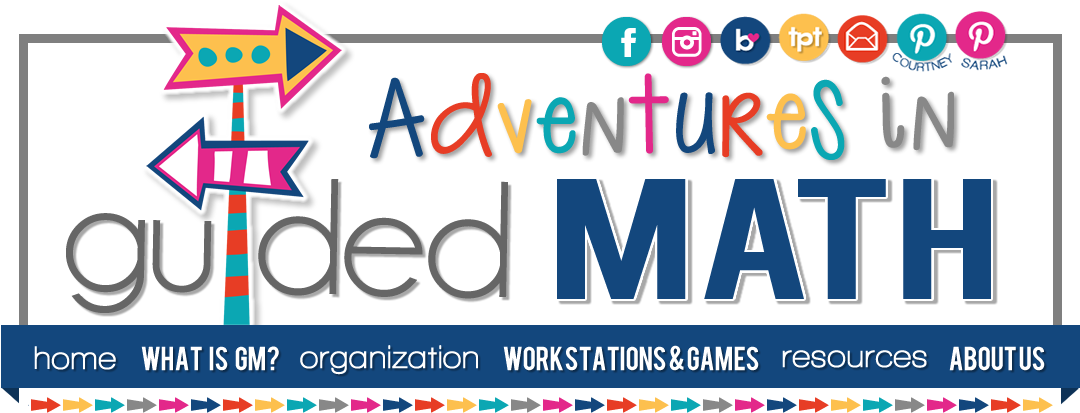Good day to you! What are the other kids doing? It's a linky dedicated to sharing independent practice activities that you use with
your students that make it possible for you to meet with small guided
math groups. Many teachers call them math centers or
workstations--whatever you call them, these activities are designed to
engage students in meaningful practice away from the teacher. For details about linking up, click here! We'd love for you to join in the sharing!
Today's Topic---Anything Goes!!
Today's Topic---Anything Goes!!
How do kids know where they are going?
My adventure with guided math has been a very loooooong one! I never liked teaching math whole group and frankly, didn't care for teaching math at all. I was an "Reading / Writing" kind of teacher, and this went on for several years. I blame the math program my district was doing, I was NOT a fan (and I think everyone in our district knew it), and I just couldn't find my "niche" as they say.
Then Common Core came along and I want to know why I never learned math this way!!! I have retaught myself math and retrained myself to problem solve the way I am now teaching my students. Ask my students now what my favorite subject is and they will say "math"...true story, it actually happened today when we have some high school kids come read to our class. One high school student said his favorite subject was math and all my little pumpkins said, "That's Mrs. Stenger's favorite too!"
One thing I struggled with was time. When I had kids in groups, I would take too much time and then not meet with all the kids. I thought, "Well my high kids don't need me everyday", but that is just not true! Of course they do!!
So I created a PowerPoint (my favorite program...I use it for everything:) in which I meet with all my students everyday! I also set the slide timers so that I meet with each groups for 12 minutes (wanted 15 but it just didn't work out), and then a slide in between rotations for clean up that is 1 minute and 30 seconds.
It is working out so well for my class and for me. It keeps me on track and my students know where they are going. It's a win-win!
I put up instructions on what they are to do at each rotation/station so I am not interrupted in my guided math groups. That time is precious, right!























